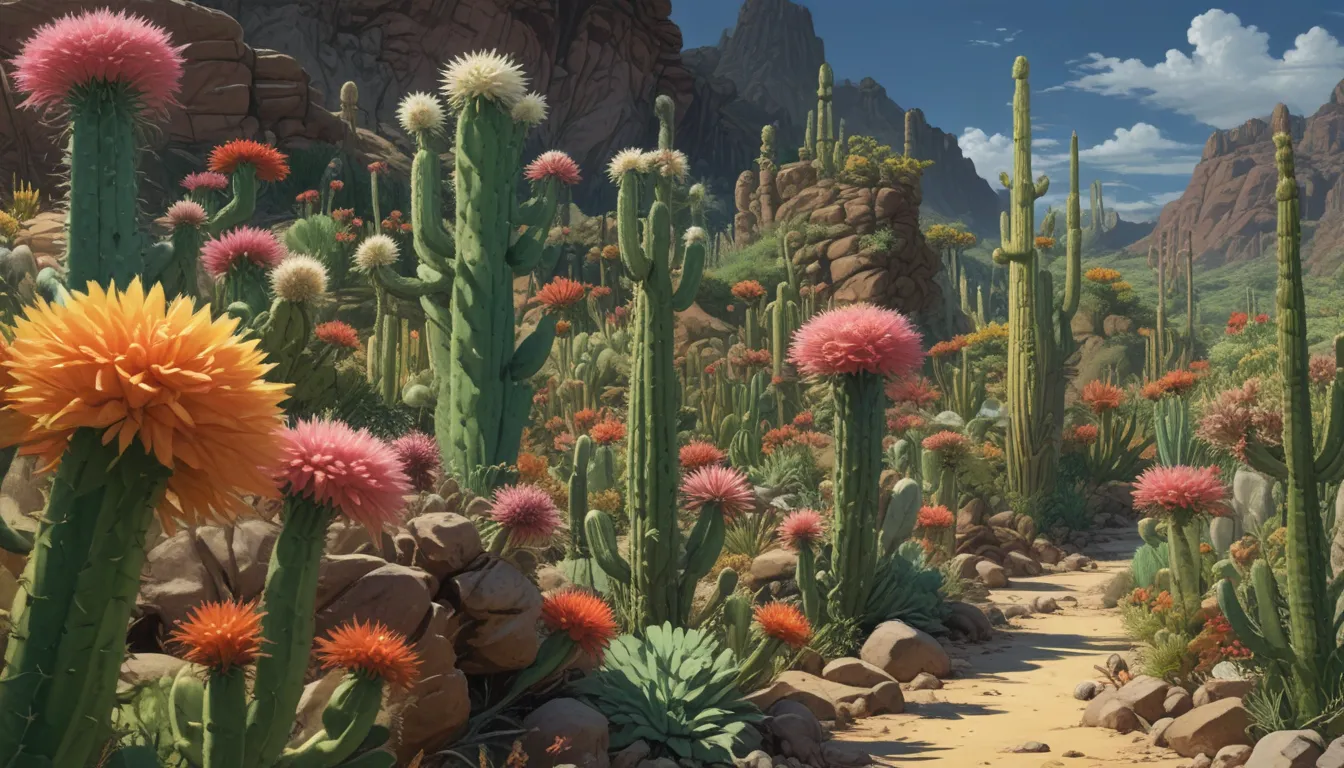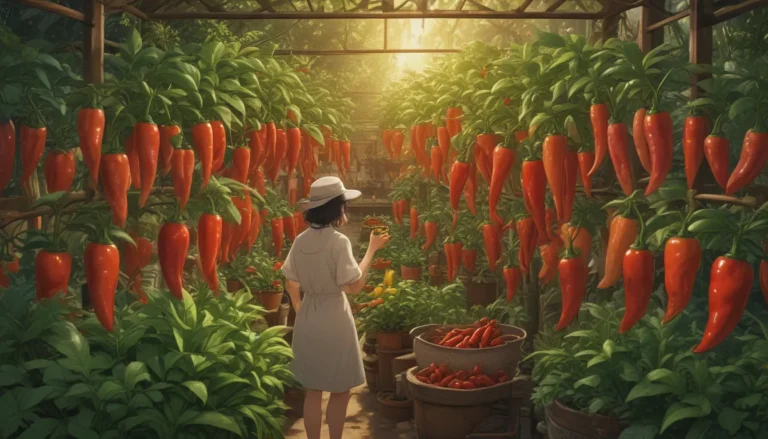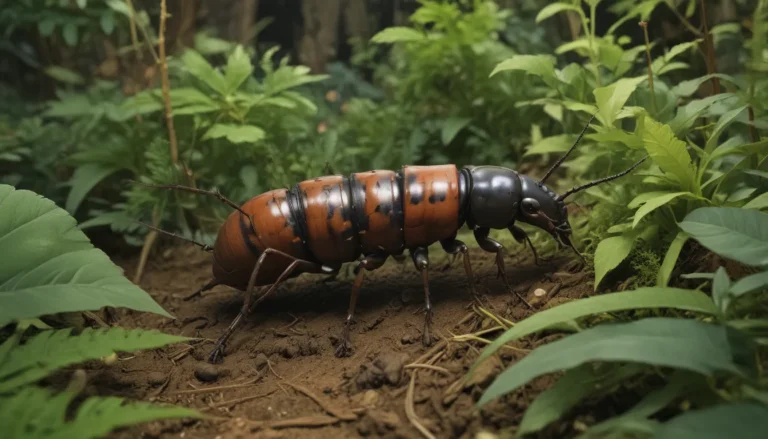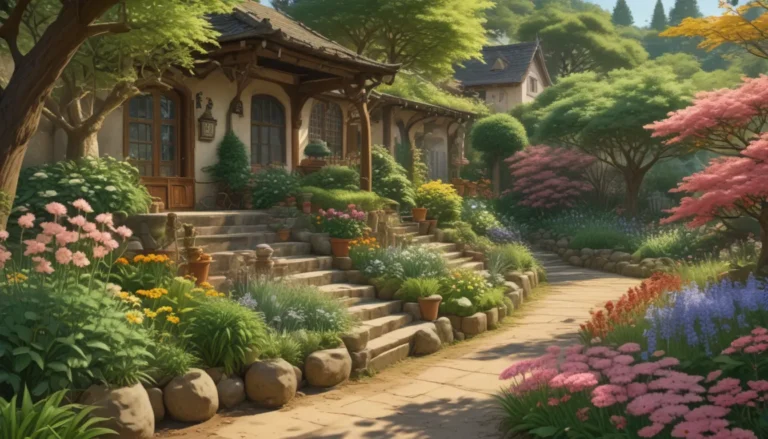Understanding Cactus Glochid Spines: What You Need to Know

Have you ever encountered a prickly pear cactus and noticed small yellow bristles instead of the long, sharp spikes typical of other cacti? Those are glochid spines, and while they may not look intimidating, they can cause irritation and be challenging to remove.
In this detailed guide, we will explore what glochids are, which cacti species have them, and how to handle them safely. By the end of this article, you’ll have a better understanding of these tiny, but pesky, spines.
Getting to Know Cactus Spines
Cacti are unique succulents that have evolved to survive harsh desert conditions. Their spines serve multiple purposes, including deterring predators, reducing evaporation, and protecting their water-filled stems from the sun and wind.
There is a wide variety of cacti species with different spine textures, shapes, sizes, and colors. For example, Emory’s barrel cactus has ridged and firm spines, while the old man cactus features smooth, hair-like spines.
The spines of cacti grow out of areoles, which are raised bumps located on the stems, cladodes, pericarpels, and fruits of the plant. In addition to long spines, some cacti also have glochid spines, which are small, brittle bristles that detach easily.
Cacti with glochid spines belong to the Opuntioideae subfamily, which includes five tribes: Austrocylindropuntieae, Cylindropuntieae, Opuntieae, Pterocacteae, and Tephrocacteae. Prickly pears and cholla are two common genera within this subfamily that have glochids.
Getting Acquainted with Glochids
Glochids are small bristles that grow out of areoles on cactus plants. While they may appear harmless, these tiny spines are equipped with fishhook-like barbs that make them difficult to remove once they come in contact with skin or clothing.
Cultivated varieties of cacti in the Opuntia genus, also known as prickly pears, and the Cylindropuntia genus, known as cholla, are known to have glochids. These spines can cause irritation, inflammation, and potential infection if they penetrate the skin.
It’s essential to handle cacti with glochid spines carefully to avoid any discomfort or injury. Thick, cut-resistant gloves made of materials like leather, nitrile-coated fabric, or rubber can provide protection when working with these plants.
If you do come in contact with glochids and experience irritation, promptly sanitize the affected area with rubbing alcohol and apply an antibiotic ointment to prevent infection. In some cases, spines may remain embedded in the skin, leading to complications that require medical attention.
Safe Handling Techniques and Prevention
When handling cacti with glochids, it’s crucial to take precautions to avoid injury. Thick gloves, barrier materials like foam packing sheets or newspaper slings, and tools like salad tongs can provide added protection when working with these plants.
Avoid carrying cactus paddles or other plant parts with glochids in your bag or pockets to prevent accidental contact. Even after multiple washings, these tiny spines can linger on clothing and surfaces, causing irritation.
Remember to be cautious around prickly pear and cholla cacti, as their small but sharp glochid spines can cause discomfort and potential infection. By following safe handling practices, you can enjoy these unique plants without the risk of injury.
Do you have a personal experience with glochids to share? Let us know in the comments section below.
If you’re interested in learning more about gardening with cacti, check out our recommended resources:
- 35 of the Best Hanging and Trailing Succulents and Cacti
- Growing Orchid Cacti: How to Care for Epiphyllums Indoors
- Learn How to Propagate Cacti
*





